LLMs
What is an LLM?
Large Language Models (LLMs) are a type of artificial intelligence (AI) model designed to understand and generate human-like text. These models are built using deep learning techniques, particularly transformers, which are neural networks that excel at handling sequential data, such as text. LLMs are trained on massive datasets that consist of text from books, websites, articles, and other written content. By analyzing these vast amounts of data, LLMs learn to predict the next word in a sentence, generate coherent text, and understand complex linguistic patterns.
The architecture of an LLM typically involves millions to billions of parameters, which are adjustable components that the model fine-tunes during training to improve its performance. The larger the model (i.e., the more parameters it has), the more nuanced and accurate its text generation and comprehension capabilities can be. Notable examples of LLMs include GPT-3, GPT-4 and Google's BERT.
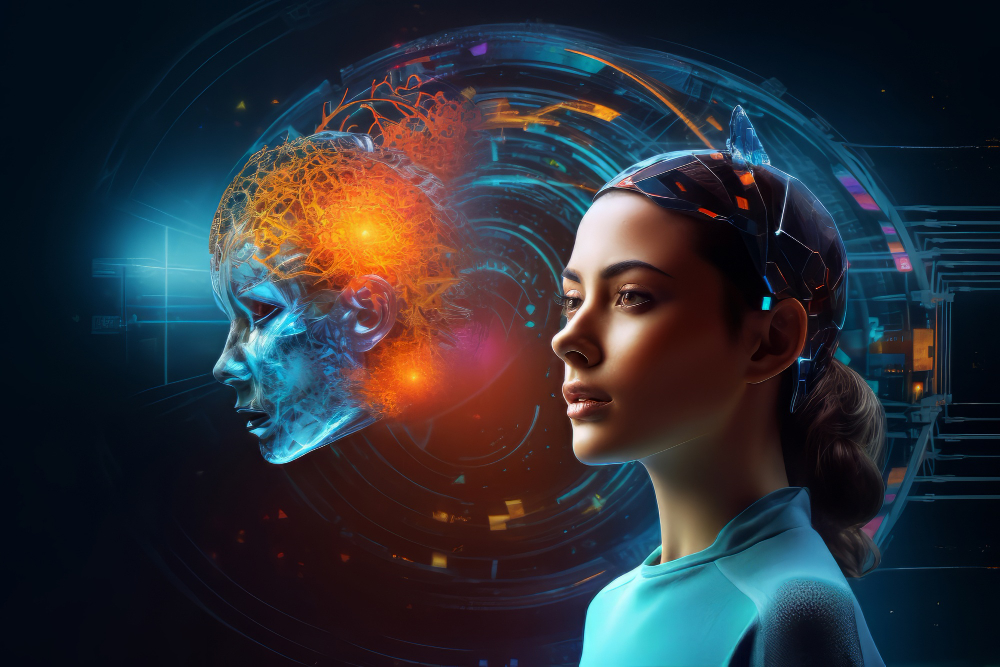
Use Cases for LLMs
Large Language Models have a wide range of use cases across different industries, thanks to their ability to generate human-like text, understand context, and process natural language. Here are some significant use cases:

Customer Support and Virtual Assistants
Another important use case for LLMs is in customer support and virtual assistants, where they can provide personalized and efficient responses to customer inquiries. This application is particularly valuable for businesses that need to manage a large volume of customer interactions across various channels.
Automated Customer Support
LLMs can power chatbots and virtual assistants that handle customer inquiries in real time. These AI-driven systems can understand natural language, interpret customer intent, and provide relevant responses without human intervention. This not only reduces the workload on customer support teams but also improves response times and customer satisfaction.
For example, an e-commerce company can use an LLM-powered chatbot to assist customers with common queries, such as order status, return policies, and product information. The chatbot can provide accurate and timely responses, freeing up human agents to handle more complex issues. Additionally, LLMs can learn from previous interactions to improve their responses over time, making them more effective and efficient.


Personalized Recommendations
LLMs can also be used to provide personalized recommendations to customers based on their preferences and past interactions. By analyzing customer data, LLMs can suggest products, services, or content that align with individual tastes and needs. This level of personalization can enhance the customer experience and increase conversion rates.
For instance, a streaming service can use an LLM to recommend movies or TV shows based on a user's viewing history and preferences. The LLM can analyze patterns in the user's behavior, such as genres or actors they prefer, and suggest new content that aligns with those preferences. This can lead to higher user engagement and satisfaction.
Who Owns LLMs?
Ownership of LLMs typically belongs to the organizations that develop and train them. These organizations invest significant resources in collecting data, designing architectures, training models, and deploying them. Some of the major players in the development of LLMs include:

Meta (formerly Facebook)
Meta has also developed its own LLMs for applications in social media, content moderation, and user engagement.

Microsoft
Microsoft has partnered with OpenAI and integrated LLMs into its products, such as the Azure cloud platform, where GPT models are available for various business applications.

Anthropic
A company formed by former OpenAI researchers, which focuses on creating large language models with safety features.

OpenAI
The organization behind the GPT series of models, including GPT-3 and GPT-4. OpenAI initially started as a non-profit but later transitioned to a capped-profit model to secure funding for large-scale AI research.

Google has developed several LLMs, such as BERT (Bidirectional Encoder Representations from Transformers) and T5 (Text-To-Text Transfer Transformer). Google uses these models in its search engine and various AI-driven services.
While these companies develop and own the models, they often provide access to the models through APIs (Application Programming Interfaces) that allow developers, businesses, and researchers to use them for various applications.
Strategic
Partners
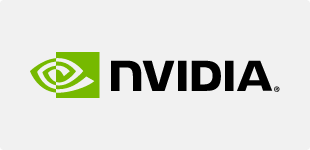
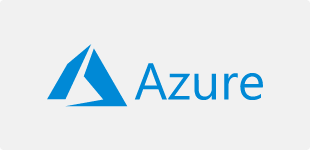




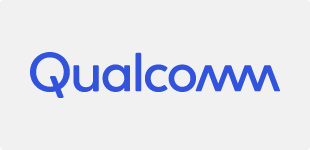
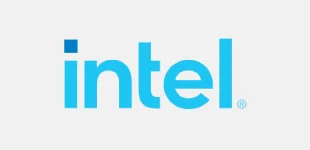
Conclusion
Large Language Models represent a significant advancement in AI, with applications that span numerous industries. Their ability to generate, understand, and interact with human language makes them invaluable tools in content creation, customer support, healthcare, and beyond. As these models continue to evolve, their impact on both businesses and everyday life will likely expand, offering new opportunities for efficiency, personalization, and innovation.
We will contact
Get a call back
Accordion Widget for Elementor allows you to present plenty of content in a foldable and concise way.
Accordion Widget for Elementor allows you to present plenty of content in a foldable and concise way.
Accordion Widget for Elementor allows you to present plenty of content in a foldable and concise way.
Accordion Widget for Elementor allows you to present plenty of content in a foldable and concise way.
Accordion Widget for Elementor allows you to present plenty of content in a foldable and concise way.

